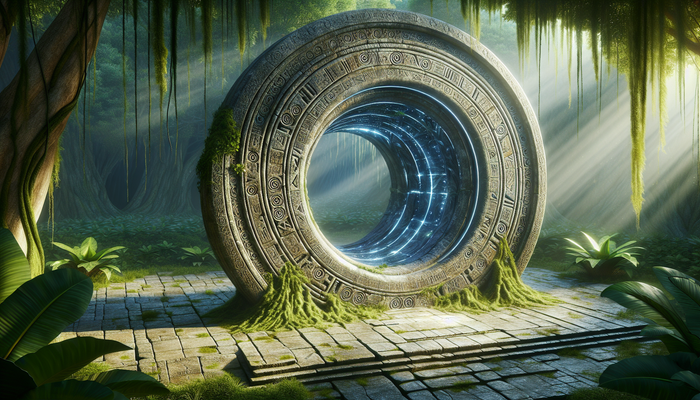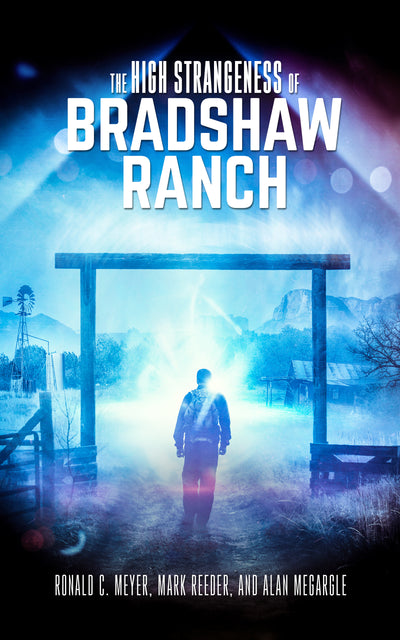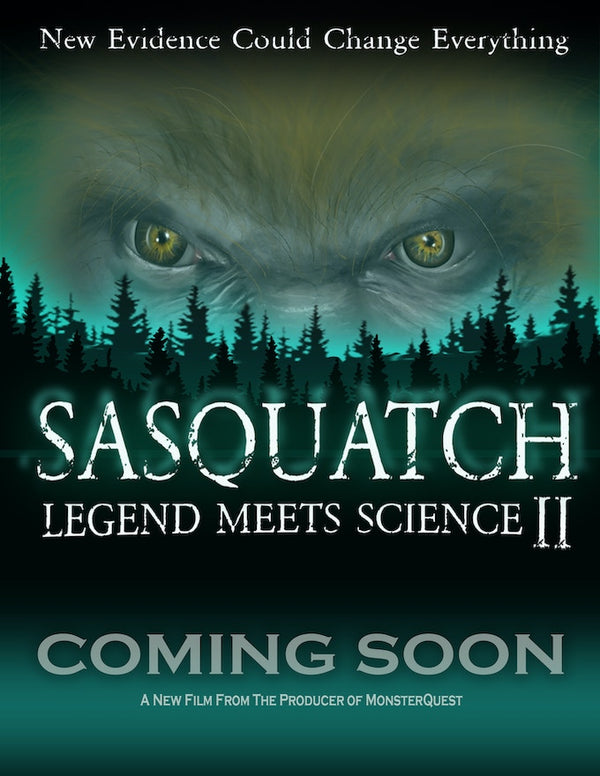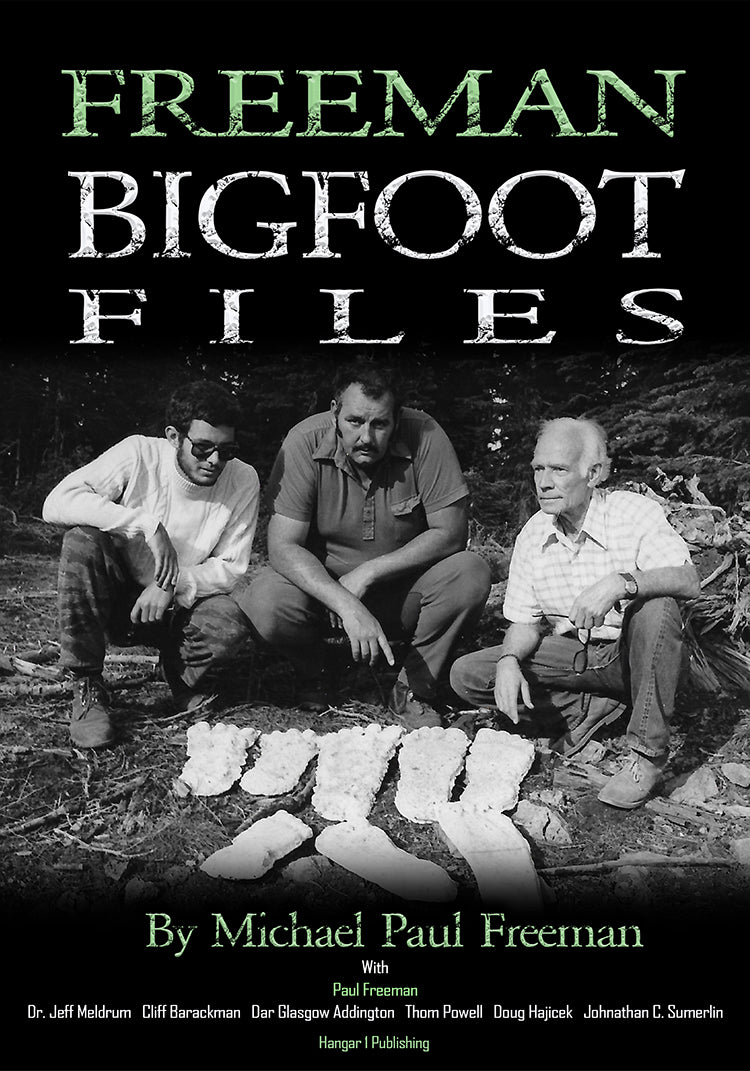Exoplanet Discoveries Reach 6,000 Worlds: What the Data Actually Tells Us About Finding Life

By Malcolm Blackwood, Ufologist
Look, I've spent three decades digging through government documents about unexplained aerial phenomena. I've learned to separate signal from noise, to follow paper trails, and to trust only what can be verified. So when NASA's official count hit 6,052 confirmed exoplanets as of November 2025, my research instincts kicked in. This isn't speculation. This is documented, peer-reviewed science that changes the conversation about life beyond Earth.
We've added over 1,000 of these worlds since March 2022 alone. That's not a slow trickle of discoveries. That's a flood of data demanding serious analysis.
The Transit Method Dominates, But That Creates Blind Spots
When you dig into the detection method breakdown, a clear pattern emerges. The transit method accounts for 4,464 planets - that's 74% of everything we've found. Radial velocity captures another 1,158 worlds at 19%. Direct imaging? Just 87 planets. Microlensing adds 262.
Here's what that means: we're best at finding large planets close to their stars. Hot Jupiters and sub-Neptunes dominate our census because they're easiest to detect. True Earth-sized planets in Earth-like orbits around Sun-like stars? Those remain at the edge of our capabilities.
This bias matters when we're trying to estimate how common habitable worlds really are. You can't just extrapolate from what we've found and assume that's the full picture. The data needs correction factors, and those corrections come with uncertainty.
TESS Is Flooding Us With Nearby Targets
NASA's Transiting Exoplanet Survey Satellite changed the game by focusing on bright, nearby stars. TESS has confirmed 710 planets and identified another 7,771 candidates as of late 2025. But the real value isn't just the numbers.
TESS targets are close enough and bright enough that we can actually study their atmospheres with follow-up observations. Systems like TOI-700, with potentially habitable planets orbiting a quiet M-dwarf star, become prime targets for biosignature searches.
The strategy here is methodical: cast a wide net with TESS, identify the most promising candidates, then use more powerful instruments like the James Webb Space Telescope to dig deeper.
JWST Sets The Biosignature Detection Standard
Before we can credibly claim to have found signs of life on a small, rocky planet, we need to prove our instruments and methods actually work. That's where hot Jupiters like WASP-39b come in.
JWST's multi-instrument campaign on this gas giant planet delivered a definitive detection of carbon dioxide and the first-ever photochemical detection of sulfur dioxide in an exoplanet atmosphere. The sulfur dioxide detection was particularly striking - between 0.5 and 25 parts per million - because it revealed active photochemistry happening in the upper atmosphere.
What matters here is the consistency. Four different JWST instruments (NIRSpec, NIRISS, MIRI, NIRCam) produced matching results at parts-per-million precision. That's the standard any future biosignature claim must meet or exceed. No hand-waving, no single-instrument detections with questionable systematics.
Why Hot Jupiters Matter For Finding Life
I know what you're thinking - who cares about hot gas giants when we're looking for life? Here's why: these planets are our test beds. Their large size and puffy atmospheres produce strong signals that let us calibrate our instruments and validate our atmospheric retrieval models.
When JWST captured WASP-39b's spectrum from 0.5 to 5.5 microns, scientists could measure water, carbon monoxide, sodium, and potassium alongside the carbon dioxide and sulfur dioxide. That comprehensive chemical inventory builds confidence that when we eventually observe an Earth-sized planet, we'll know what we're looking at.
The Radius Valley Tells Us Which Planets Are Rocky
One discovery from Kepler data keeps me up at night because of what it implies. There's a gap in the planet population - a scarcity of worlds between 1.5 and 2.0 Earth radii. We call it the radius valley.
This isn't an observational artifact. It's real. And the leading explanation is atmospheric photoevaporation: planets born with hydrogen-helium envelopes get stripped down to bare rock if they orbit too close to their stars. The stellar radiation is so intense it literally blows their atmospheres into space.
What survives below the valley? Rocky super-Earths. What sits above it? Sub-Neptunes with thick gaseous envelopes that managed to hang on. Recent analysis combining Kepler and Gaia data shows the valley has a negative slope with orbital period, which strongly supports the photoevaporation model over alternatives.
For anyone searching for habitable surfaces, this matters. Planets below roughly 1.6 Earth radii are very likely rocky worlds. Above 2.2 Earth radii? You're probably looking at a mini-Neptune, not a terrestrial planet.
How Common Are Earth-Like Planets?
This is where the rubber meets the road. The parameter eta-Earth (η⊕) represents the occurrence rate of rocky, habitable-zone planets per star. Get this number right, and you know how far you need to look to find the next Earth.
A 2021 analysis of Kepler data suggests an occurrence rate of 0.17 (+0.12/-0.07) rocky, habitable-zone planets per Sun-like star. That's one potentially habitable world for every six G and K type stars.
For M-dwarfs - the most common stars in the galaxy - some estimates run as high as 0.56 ± 0.20. That's better than one in two.
Even conservative estimates point to a potentially habitable rocky planet within 10 light-years of Earth. Within 20 light-years? Multiple candidates.
Why The Uncertainty Matters
These numbers carry significant error bars because the calculations depend on methodological choices. How do you define the habitable zone? What size range counts as "Earth-like"? How do you correct for detection biases and pipeline reliability?
Different studies use different approaches, which is why you see varying results. But here's the thing: even the most pessimistic analyses suggest habitable worlds are common enough to be within reach of our best telescopes.
Priority Targets Are Already Identified
We're not shooting in the dark here. The combination of proximity, planet size, and host star characteristics has produced a clear watch list for biosignature searches.
Proxima Centauri b sits at 1.3 parsecs - our nearest neighbor. It doesn't transit, which complicates atmospheric studies, but feasibility studies show the Extremely Large Telescope could detect oxygen in roughly 55 nights of observation using high-dispersion spectroscopy.
GJ 1002 c, at 4.8 parsecs, orbits a quiet M-dwarf and sits squarely in the habitable zone. Non-transiting, but a strong candidate for thermal emission spectroscopy.
Then there's TRAPPIST-1 at 12.4 parsecs. Seven Earth-sized planets, three in the habitable zone, all transiting. This system is a researcher's dream. JWST could detect carbon dioxide in TRAPPIST-1e's atmosphere in fewer than 35 transits.
LHS 1140 b is another high-priority target. It's a transiting super-Earth in the habitable zone, and recent JWST observations suggest it might be an ice world with a liquid water ocean.
The Biosignature Playbook Gets Complicated
Here's where my document analysis background serves me well. You can't just detect a single gas and declare victory. You need a pattern of chemical disequilibrium that can't be explained by geology or photochemistry alone.
The gold standard is finding oxygen (or ozone) coexisting with methane. On Earth, photosynthesis produces oxygen while methanogenic bacteria produce methane. These gases react with each other rapidly, so their simultaneous presence in large quantities suggests continuous biological replenishment.
But nature has ways to fake biosignatures. A planet that lost its oceans to space could be left with a pure oxygen atmosphere from water photolysis. Lightning can produce nitrogen compounds that look biological. Serpentinization - a geological process - can generate methane.
The key is ruling out false positives. Look for O4 collisional pairs, which appear stronger in abiotic oxygen atmospheres. Check for stellar contamination from starspots. Characterize the planetary environment thoroughly enough to eliminate all plausible non-biological explanations.
The K2-18b Controversy Shows Why Rigor Matters
The tentative claim of dimethyl sulfide on K2-18b got worldwide attention. DMS is produced by marine phytoplankton on Earth, making it a potential biosignature. But follow-up analysis revealed serious problems with that interpretation.
Stellar contamination, instrumental systematics, and the extreme difficulty of detecting trace gases in sub-Neptune atmospheres all contributed to skepticism. A comprehensive reanalysis concluded K2-18b doesn't meet the standards of evidence for life.
This is exactly the kind of careful vetting we need. Extraordinary claims demand extraordinary evidence.
Next-Generation Observatories Are Coming Online
The good news? We're not limited to current capabilities. A powerful pipeline of new observatories will come online over the next decade, each designed for specific roles in the search.
The Nancy Grace Roman Space Telescope launches no earlier than May 2027. Its microlensing survey will find cold planets beyond the snow line, including potentially free-floating Earth-mass worlds. The mission will discover roughly 1,400 planets and provide a demographic census of planetary systems.
ESA's ARIEL mission, scheduled for 2029, will conduct a large-scale atmospheric survey of 1,000 exoplanets. This isn't about finding the one perfect Earth analog - it's about understanding the full range of planetary atmospheres and chemistry.
The Extremely Large Telescope aims for first light in 2028. With its ANDES high-dispersion spectrograph, it will hunt for biosignatures on non-transiting planets like Proxima b.
Looking further ahead, the Habitable Worlds Observatory - planned for the late 2030s or early 2040s - will directly image and characterize roughly 25 Earth-like planets around Sun-like stars. That's when we'll have the sensitivity to search for oxygen, methane, and water vapor on true Earth analogs.
The Detection Standard Must Be Bulletproof
NASA's proposed Confidence of Life Detection (CoLD) scale establishes a seven-level framework for evaluating evidence. Level 1 is detecting a signal with potential biological relevance. Level 4 is rejecting all known non-biological sources. Level 7 is independent, multi-instrument confirmation of a biological source.
No single observation will suffice. You need multi-wavelength data, multiple independent instruments, multiple analysis teams using different models, and thorough characterization of the host star and planetary environment.
The framework allows for transparent communication of uncertainty without premature claims. When the first credible biosignature is announced - and I believe that day will come - it will be backed by years of observations and intense scrutiny.
What This Means For UAP Research
I've spent my career investigating unexplained aerial phenomena through document analysis and FOIA requests. The exoplanet data adds context to that work in ways people don't always appreciate.
We now know planets outnumber stars in our galaxy. Potentially habitable worlds exist within 10-20 light-years. The chemistry of life - carbon, oxygen, water - appears to be common in planetary atmospheres we can already characterize.
Does that mean every UAP sighting is extraterrestrial? Absolutely not. Most have prosaic explanations, and the ones that don't simply require more investigation. But the exoplanet census eliminates one argument skeptics used to make: that Earth might be unique or extraordinarily rare.
The data suggests otherwise. If life arose here, the conditions for it to arise elsewhere appear to be widespread. Whether that life has developed technology capable of interstellar travel is a separate question - one that SETI programs are addressing with increasingly sophisticated searches like Breakthrough Listen's integration of MeerKAT for scanning one million nearby stars.
What I know is this: the search for life beyond Earth has moved from speculation to systematic science. We have targets. We have telescopes capable of detecting biosignatures. We have rigorous standards for evaluating claims. And we're documenting everything.
The next decade will tell us whether we're alone or part of a much larger biological universe. Either answer changes everything.
From Bigfoot to UFOs: Hangar 1 Publishing Has You Covered!
Explore Untold Stories: Venture into the world of UFOs, cryptids, Bigfoot, and beyond. Every story is a journey into the extraordinary.
Immersive Book Technology: Experience real videos, sights, and sounds within our books. Its not just reading; its an adventure.


























